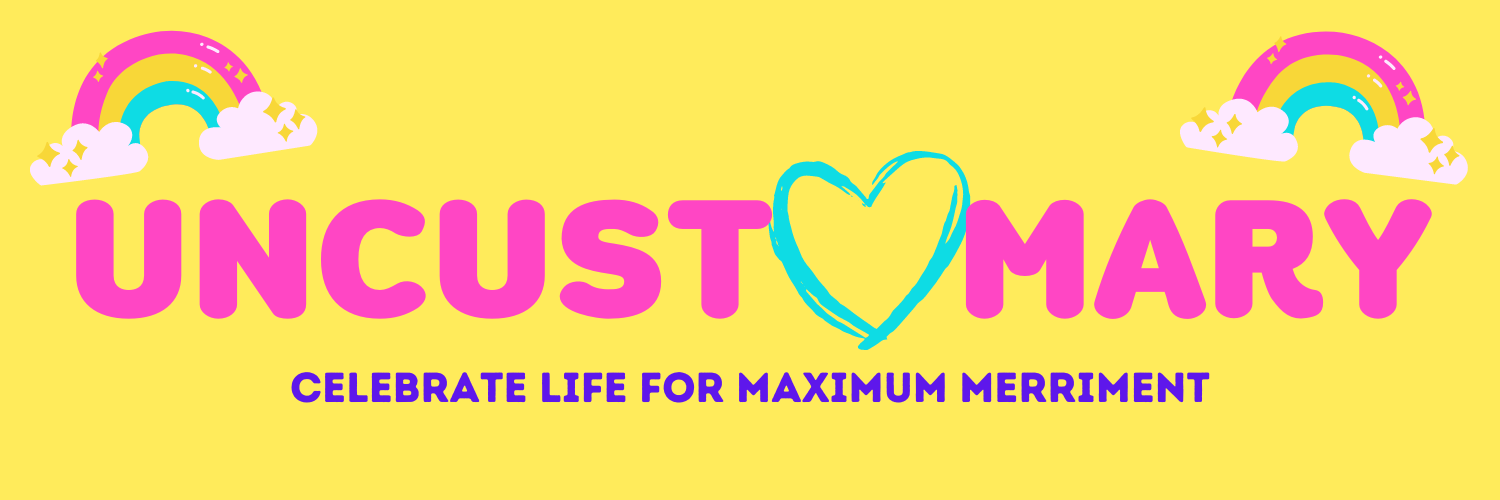
According to the Center For Disease Control, people with disabilities now make up 26 percent of the American population. While there have been great strides made in leveling the playing field like the Americans With Disabilities Act and increasing disability protection by employers, the community continues to face insurmountable challenges including the widespread narratives and beliefs about the disabled population. Living life with a disability can present enough challenges for those affected, without the added stigma, superstition, and ignorance that is often attached. To promote fairness and equality for the disabled community, in and out of the workplace, you can start with encouraging and adopting positive behaviors supporting the bid to help Americans with disabilities feel comfortable, welcomed, and a valued part of society.
Educate Yourself On What It Is Life And Work Is Like For A Disabled Person
Life can be very different for a person living with a disability. Yet, a large part of the ignorance and negative beliefs around the disabled stems from the larger community not knowing about the specific challenges or barriers that are faced by someone living with a disability. For instance, only 4 in 10 adults with disabilities are employed according to a report by Brookings. Disability is also still seen as a barrier to career progression for many. On a positive note, many companies now have diverse recruitment and human resources policies in place.
However, the provision of disability insurance continues to be overlooked in the workplace, even though 1 in 4 Americans will encounter a disability before retirement. Then there are the current situational challenges being faced by the disabled, like increased isolation, declining mental health, and lack of access to key medical services. To get a first-hand glimpse of what life is like for a disabled person, research and share first-hand interviews from autistic persons and cerebral palsy stories, the most common motor childhood disability in America. These stories are great for shedding a positive light on the persons living with disabilities and changing the stereotypes. As a bonus, they are also a great teaching tool for encouraging tolerance and inclusivity in children. It is also important to remember that disability stories do not always have a sad ending. Many influential figures in history have happened to have a disability, proving just how important they can be to society’s advancement.
Practice And Encourage Positive Interactions
Two-thirds of people are uncomfortable speaking to a disabled person, disability charity Scope found. Whether it is fear of saying the wrong thing or a continuing perception of awkwardness, it becomes easy for people to avoid interactions with the disabled. However, to challenge the negative narratives surrounding those with disabilities and resulting discrimination, you can practice and share positive interaction tips with others.
Start with approaching any interactions with an open and welcoming attitude. Maintaining a positive and engaging attitude to any interactions with a disabled person can help them feel calm and encouraged to participate in conversations. You should also take the time to educate yourself and avoid potentially inflammable or ableist language that may offend the disabled or convey a negative connotation.
Promote Inclusion In Your Recruitment Policies And Social Outreach Initiatives
Another step you can take is to advocate for the inclusion of disabled workers in your workplace. As an employee, you can approach management to implement dedicated resources for disabled workers in the workplace such as access to financial or mental help for disabled workers. As an employer or small business owner, you can champion the changing of the disability narrative by opening up your recruitment and promotion policies to all, including employees with mental and physical limitations. Other small steps you can take is to support local disability events and making a conscious effort to avoid disability discrimination in your business and home. Whether it is installing ramps to make your premises accessible or implementing reasonable job accommodations for employees with a disability.
As a community, country, and society it is everyone’s responsibility to promote a world where inclusivity and acceptance of the disabled community. As you strive to be an ally in the world where those living with a disability as seen as equal members of society, remember to practice these simple habits to avoid prejudice and reform the disability narrative.








